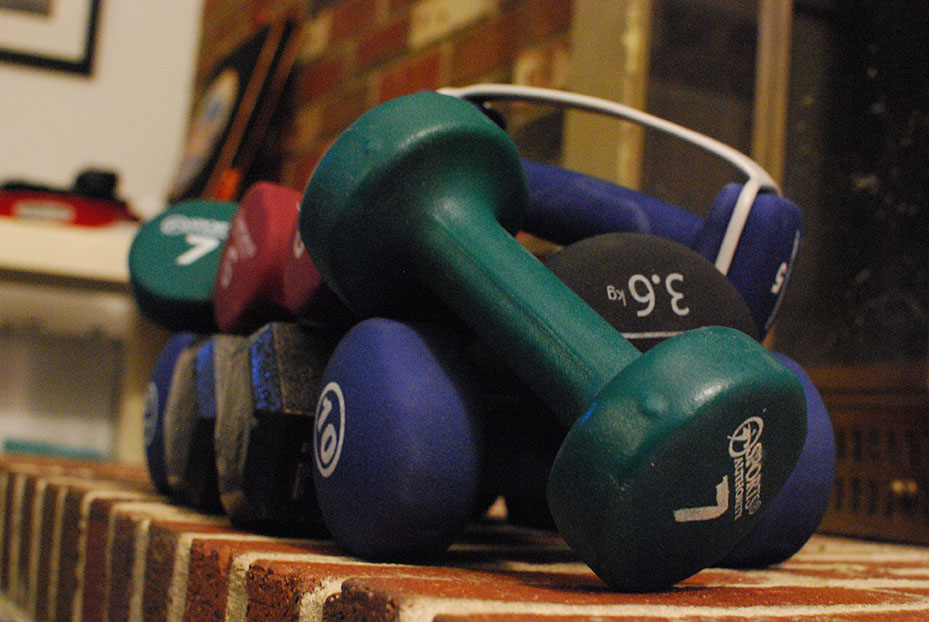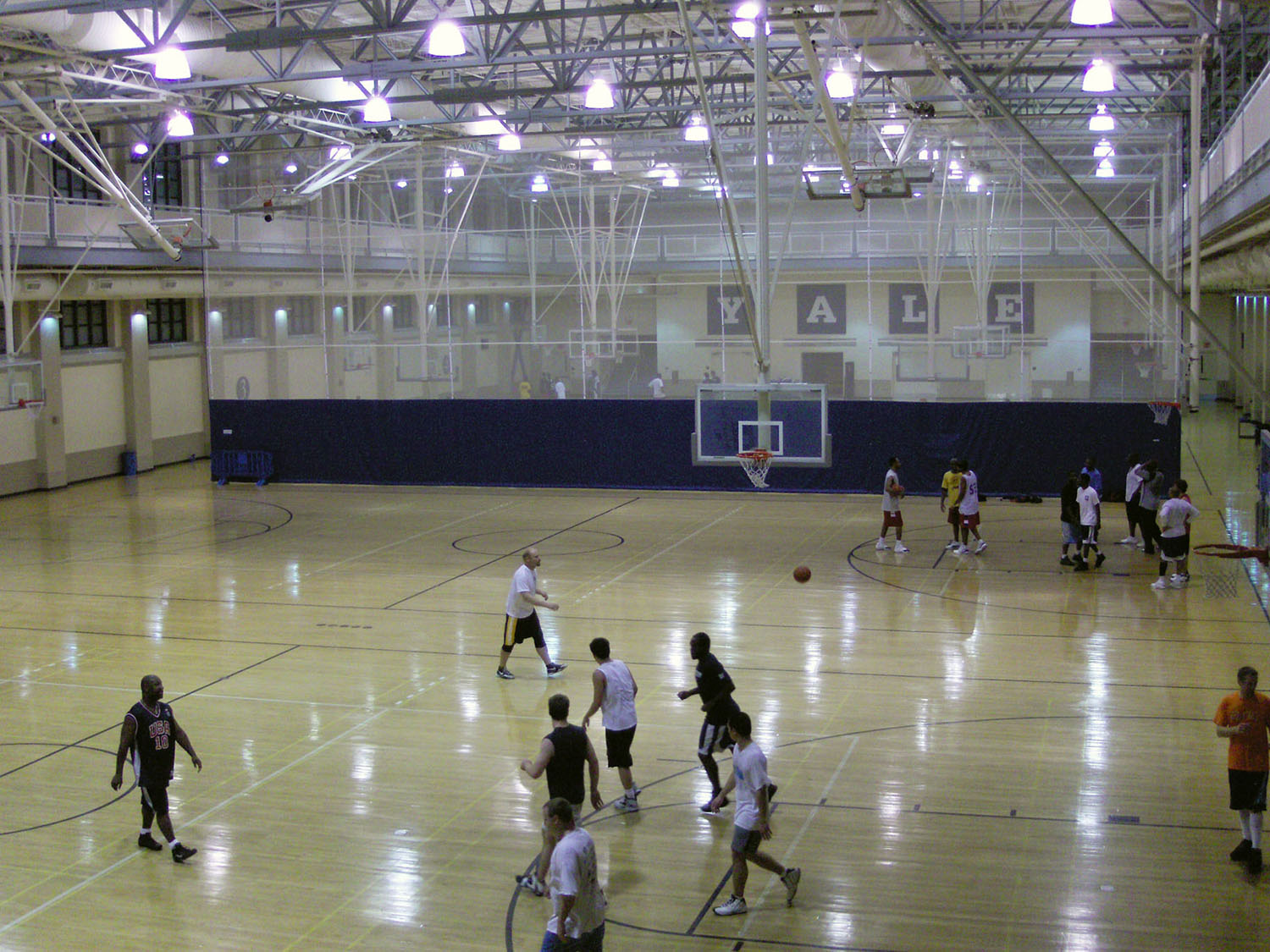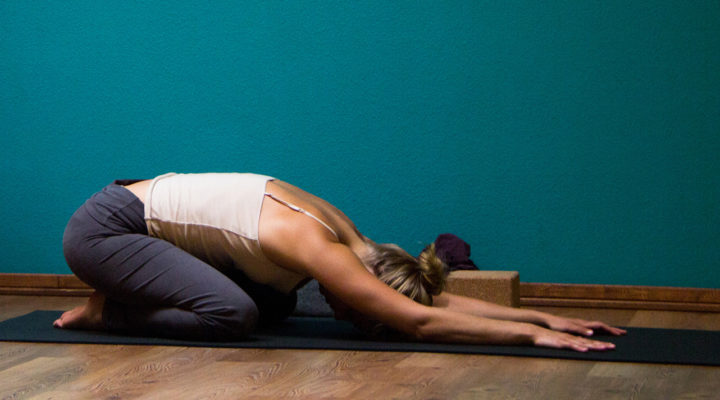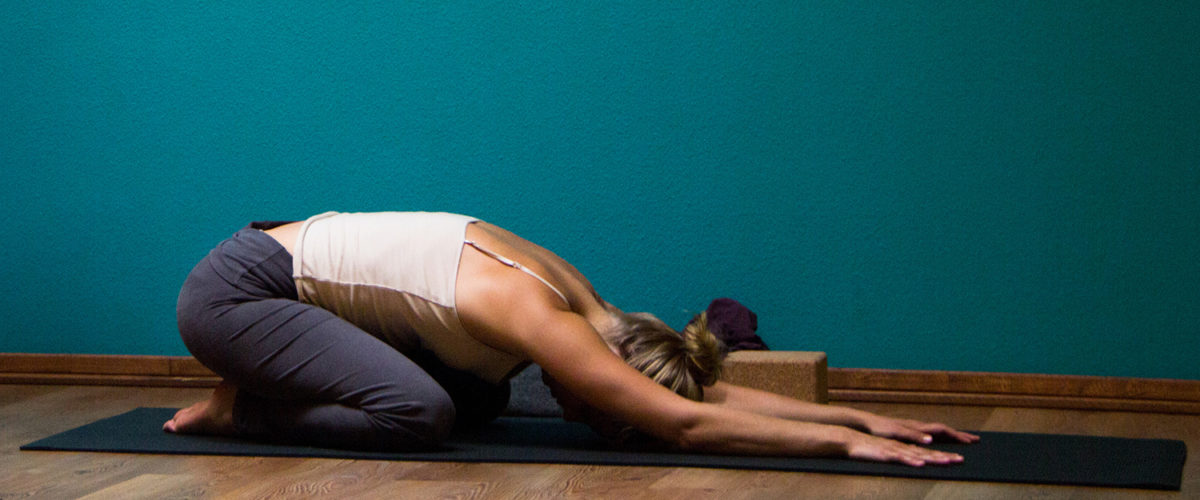Being healthy is a requirement for Christians who see their bodies as temples of the Holy Spirit.
But there is an additional, more down-to-earth, motivation for connecting faith and fitness, says Matt Rollins, minister of spiritual formation and outreach at First Baptist Church in Greenville, S.C.
“Exercising and taking care of your body and eating the right things is all part of … being able to serve God here on Earth,” Rollins said.
Being in shape boosts a person’s ability to be of service to others, which in turn makes them a better representative of God, he said.
“That’s a more practical conclusion I have come to.”
That conclusion was reflected in the 2008 decision by First Baptist, Greenville, to build a recreation facility. The congregation committed to open the facility to the public, and not restrict it to its members. Today, the church operates the building as a YMCA-style fitness center.
“People from all over the community come and exercise there,” Rollins said.
While First Baptist, Greenville, is not alone in adopting fitness as part of its mission and outreach, there is evidence many more churches and other religious groups are joining them.
The American Council on Exercise said that the faith-based workout business is one of the top exercise trends of 2016.

Churches considering building recreation facilities should make sure they have the programming and staff first. (Photo/Creative Commons)
The organization said the practice “will become mainstream as churches, mosques, synagogues, ashrams, temples and other faith-based communities develop programs to promote fitness, health and wellness.”
The trend emerged in recent years as religious communities began offering fitness courses, health coaching and nutritional guidance to their memberships.
“If an individual is a member of a faith-based community, he or she is already a member of a community that can provide an environment for community, emotional, mental, spiritual and physical growth,” Phoenix-based health expert David Jack said on the council website. “Fitness, wellness and health play an integral role in helping every individual honor their own faith.”
Recreation first, then facility
But churches should be careful before jumping into fitness ministries if they entail building new facilities, said George Bullard, a congregational and clergy coach and consultant as president of The Columbia Partnership.
The exercise-as-ministry trend has ebbed and flowed in American church history, Bullard said. One famous example is Walnut Street Baptist Church in Louisville, Ky., which built a six-story recreation building in the 1960s that included a gymnasium, bowling alley, roller-skating rink and other amenities. It, too, was open to the public.
The popularity of such facilities and programs continued strong through the 1980s. But by then many churches began to realize that personal interests had shifted.

Basketball courts, skating rinks and even bowling alleys have been the staple of some church recreation facilities since the 1960s, experts say. (Photo/Gary Ku/Creative Commons)
“Everybody felt like they had to have the gym, but they didn’t have the programs or staff or money for that, and the facilities became white elephants,” he said.
First, a church needs to develop a recreation, health or wellness strategy. Then it should hire staff to implement that strategy.
“Too many do it the other way,” he said. “Then they find they don’t have enough money for staff or strategy.”
In Greenville, Rollins said First Baptist waged a capital campaign that raised several million dollars to build its recreation facility. The funds were raised despite the recession.
“We are mission minded,” he said. “We made it a point that this is for the community.”
Today, First Baptist offers low-cost memberships and scholarships for those who can’t pay at all.
“We want people to be able to afford exercise and to be healthy,” Rollins said.
The revenue pays for instructors to teach yoga, Pilates and other classes offered in the facility, which also houses First Baptist’s youth ministry.
The facilities and programs draw people from around town, Rollins said, but rarely does it result in anyone joining the congregation.
“Most of them already have their own church,” he said. “They appreciate us not proselytizing.”



